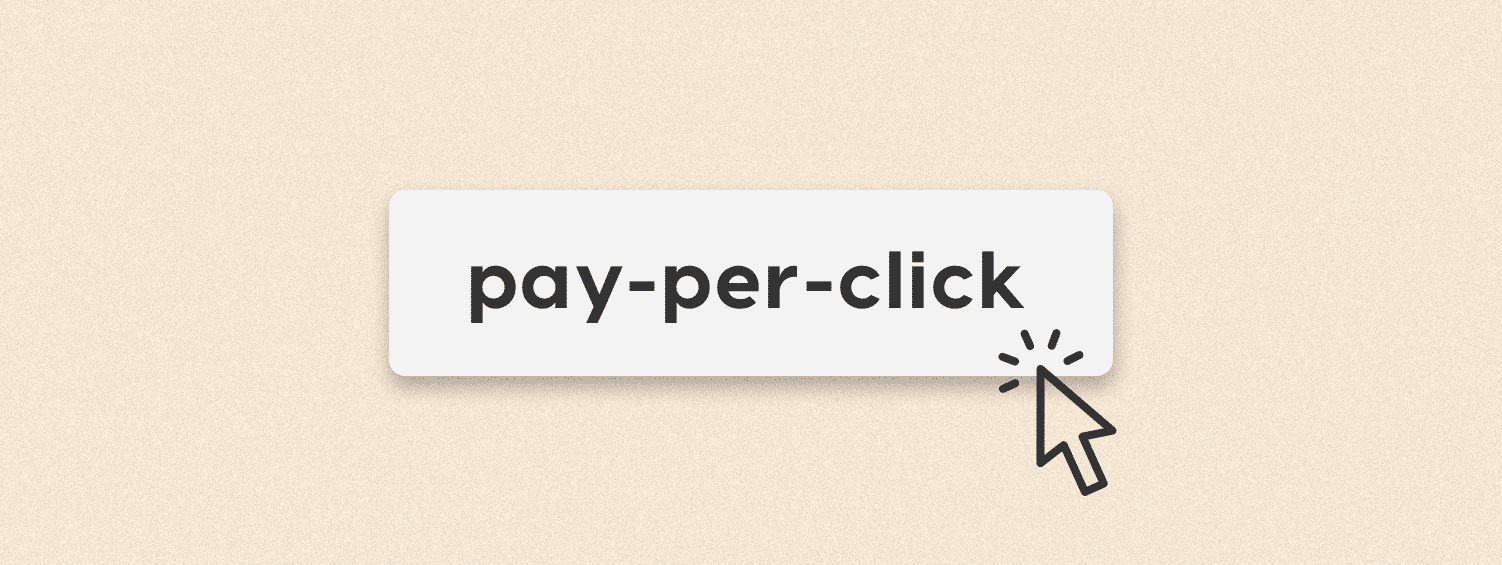As an online business, it is wise to pursue ecommerce advertising because it’s backed by data, easy to control, and offers a great ROI. In this week’s blog we’ll take a look at what ecommerce PPC is, how it works, and why it’s a great choice to help online stores sell products.
What is PPC advertising?
Pay-per-click advertising is a form of online advertising in which you pay Google whenever a user clicks on your ad. It doesn’t matter how often your ad is displayed, or how many people see it, you are only paying for the actual clicks. There are several platforms that can serve your ads. The two largest, and most reputable, are Google and Facebook.
Every ad you see in the Google search engine results page (SERP), and most of the ads you see on Facebook are all considered PPC ads. Google shopping ads, for instance, are one of the most common applications of ecommerce PPC because they’re always located in a favorable location, either on the side or top of the SERP. They also account for an average 52% of clicks on most ecommerce PPC campaigns.
What is ecommerce and how can PPC help?
Ecommerce advertising is the strategy of promoting your store/business online by purchasing offline and online ad space. Most ecommerce advertising strategies target online ad space, like a search engine, social media network, or website to get as many people as possible to view your products.
Ecommerce PPC is rather cut and dry. There are just a few easy steps needed to launch a full ecommerce campaign:
Ad creation
Ad creation is very simple for most ecommerce PPC campaigns. There are a few different ad types to choose from. However, Search and Shopping ads tend to perform the best and provide a better ROI.
Search ads are simply text based ads that appear at or near the top of the SERP. These ads are typically 3-5 headlines with 1-2 lines of descriptions. Depending on keywords and relevant queries, Google will decide which headlines to show your audience. With Shopping ads, however, Google builds the ad from the information you provide. Providing an image link, product ID, landing page, price, availability, MPIN, and shipping method will give Google all it needs to build your Shopping ads.
Keyword selection
With the Google Ads PPC model, you select which keywords will trigger your ads. What’s important to note here is that only Search ads use keywords, Shopping ad visibility is entirely up to Google which queries they appear for.
For example, if you’re an ecommerce store that sells patio furniture, you might pick keywords like “best patio furniture” or “High quality backyard furniture.” Your ad will only appear when users search for these keywords, or at least close variations of them.
When choosing which keywords to use for your ecommerce efforts, be sure to use words that show an intent to purchase your product. Using keywords such as “what is patio furniture” shows no intent to purchase patio furniture, it only shows intent to research.
Bidding
Once you’ve created your ads and selected your keywords, you can decide how much you’re willing to pay/bid to have your ad appear. The standard keyword bid varies on how competitive your keywords are. If it has a high-volume, with many different businesses targeting it, you’ll end up paying more per click than you would for lower volume keywords.
This is one of the reasons that proper keyword research is extremely important for ecommerce PPC. You want to be sure the keywords you’re targeting are relevant to your business, and that they show intent to purchase or consider purchasing.
Why use PPC for your ecommerce efforts?
What makes ecommerce PPC a great strategy is how you, the store owner, can control how you’re being seen. You can get very granular with the data to see exactly what is working and what’s not working so you can adjust your strategy accordingly.
Your budget is easy to control because you can see how your spend is moving and can adjust on the fly if you notice any overspending. It also isn’t very expensive to run shopping ads as you are only being charged when a customer clicks on your ad.
Lastly, it’s relatively easy to execute. As long as you follow along with Google Ads’ prompts, have done your research, and have the products ready, you can begin building your ecommerce PPC campaign and start selling products.
–written by Jonah Ericksen
